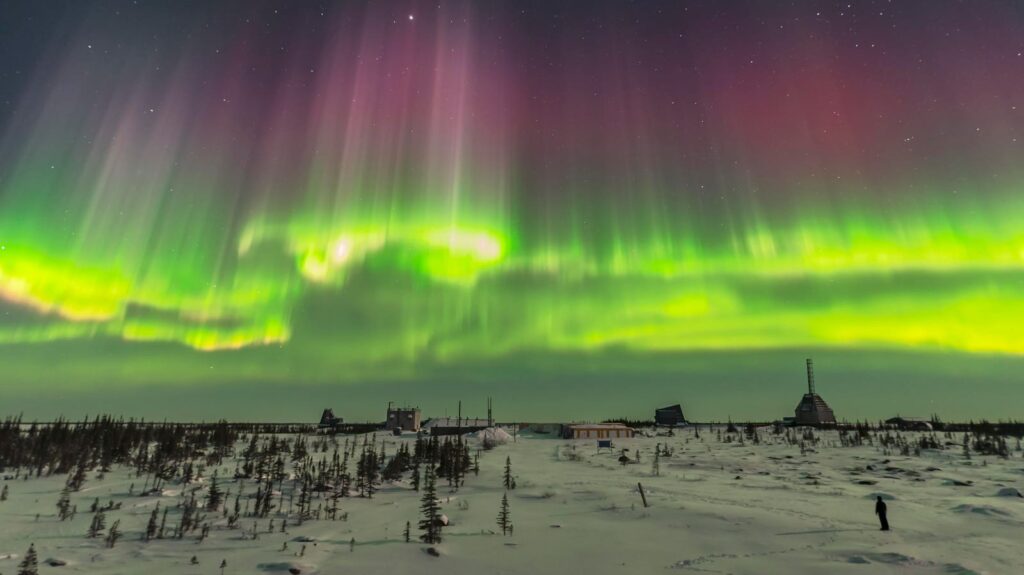
Northern Lights May Be Visible This Christmas Eve and Christmas Day – Here’s What You Need to Know
Space weather forecasters have issued a rare warning that the Northern Lights (Aurora Borealis) may be visible on both Christmas Eve and Christmas Day, thanks to an impending geomagnetic storm caused by a coronal mass ejection (CME).
As reported by SpaceWeather.com, a G1 or G2 geomagnetic storm is tentatively forecasted for December 24-25. This rare occurrence means that the spectacular display of celestial lights could be visible in the night sky, depending on your location and the speed at which the solar wind strikes Earth.
The bad news: The CME’s main mass will likely miss Earth to the south, but there is still a significant component heading towards our planet. However, it’s crucial to note that only when the particles strike the sensors of NOAA’s DSCOVR and ACE satellites can forecasters accurately predict the intensity and timing of the solar wind.
The Northern Lights Forecast Tonight:
**What to Expect:**
* The solar wind is caused by charged particles from the sun interacting with Earth’s magnetic field.
* The CME has supercharged these particles, allowing them to accelerate down the Earth’s magnetic field lines at the north and south poles.
* **Green aurora**: High-altitude oxygen molecules cause red aurora, while low-altitude oxygen molecules produce green. Green occurs at about 60-190 miles (100-300 kilometers) up.
**Tips for Viewing:**
1. **Timing:** Keep an eye on your location’s latitude and longitude; the higher you are northward of the equator, the more likely you will see auroral activity.
2. **Sky Conditions:** Clear skies with no moonlight interference are ideal for viewing. Clouds, however, could significantly dampen any solar wind display.
3. **Location:** Since the CME is directed towards Earth’s southern region, it’s less likely to affect areas near the equator, like Hawaii and Australia.
**When to Look:**
If the forecast holds true, you can expect the Northern Lights to be visible around 15:00-21:00 UTC (10 a.m. – 4 p.m. EST/3 p.m. – 9 p.m. GMT). However, please note that these times are tentative and may change due to unforeseen solar wind speed changes.
**What’s Next?**
NOAA will continue to monitor the CMEs’ progress using satellite data from DSCOVR and ACE. It is essential to follow their updates for accurate predictions on timing and intensity.
Remember: The Northern Lights forecast is always subject to last-minute changes based on new space weather data. Always follow NOAA’s alerts for any further updates and be prepared for an incredible celestial display this Christmas Eve and Day.
Source: www.forbes.com


